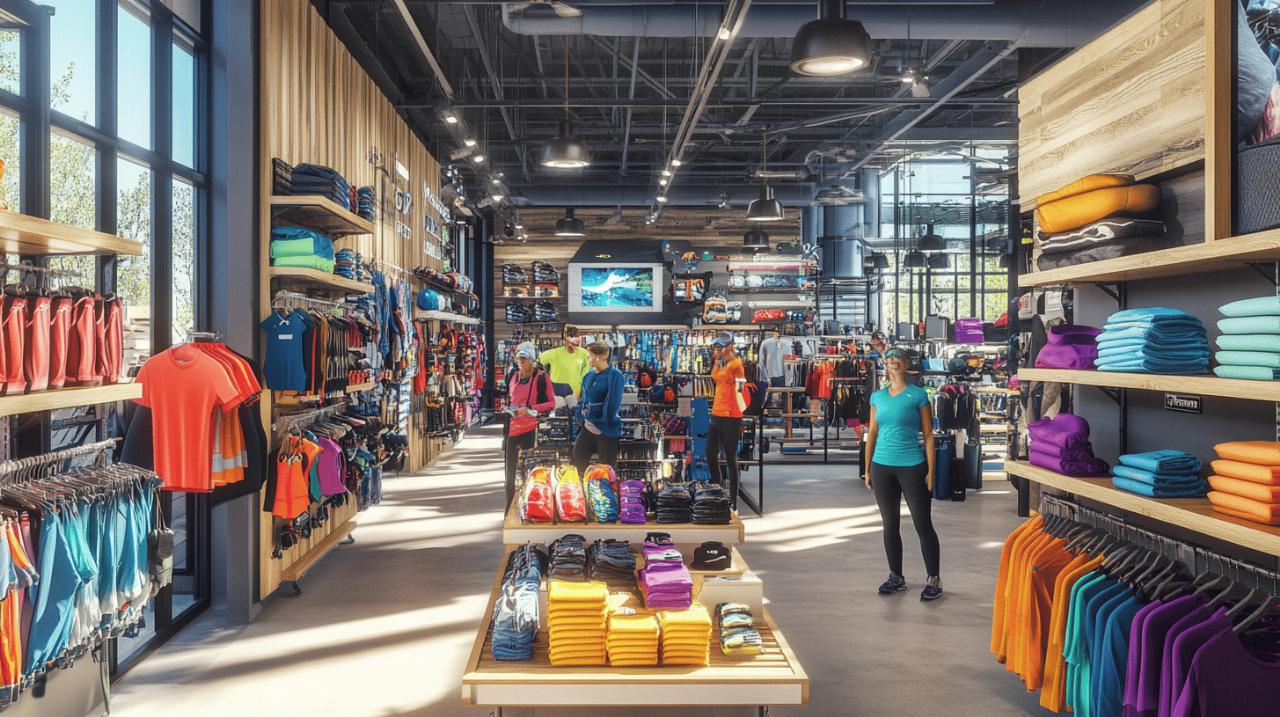Shopping has evolved dramatically over the years, transforming from a simple transaction into a comprehensive experience that engages all our senses. Whether you're browsing online or visiting physical stores, a thoughtful approach can make your shopping journey both productive and enjoyable. This guide offers practical advice to help you navigate the modern retail landscape with confidence and ease.
Preparation is key
Before embarking on any shopping expedition, taking time to prepare can save you hours of frustration and potentially a significant amount of money. The Effepi Store blog regularly highlights how proper planning transforms ordinary shopping trips into efficient and satisfying experiences, particularly when navigating today's complex omnichannel retail environment.
Researching shops and timings
Knowledge is power when it comes to shopping efficiently. Start by investigating which shops stock the items you need and verify their opening hours. This seemingly simple step prevents the disappointment of arriving at a closed establishment or discovering they don't carry what you're looking for. For eCommerce enthusiasts, this means checking online availability and delivery timeframes before committing to a purchase. Many retailers now offer inventory visibility across their digital and physical locations, supporting a truly integrated customer journey.
Creating an effective shopping list
A well-structured shopping list serves as your roadmap, helping you stay focused and avoid impulse purchases that can derail your budget. Rather than hastily jotting down items, consider categorising your list by shop or department to streamline your journey. Digital integration has revolutionised this aspect of shopping preparation, with numerous apps that synchronise lists across devices and even suggest complementary items based on your previous purchases, enhancing the personalisation of your shopping experience.
Financial management whilst shopping
Maintaining control over your finances is crucial for a stress-free shopping experience. With various payment options available across both physical and digital retail environments, having a clear financial strategy before you begin helps prevent post-shopping regret.
Setting and sticking to your budget
Establishing a realistic budget before shopping provides a clear spending framework. Be specific about your financial limits for each category or item rather than setting a vague overall figure. This practice is particularly important in experiential retail environments designed to encourage spontaneous purchases. Remember that the average online shopping basket abandonment rate hovers around 70%, often because shoppers encounter unexpected costs at checkout. Transparent budgeting helps you avoid becoming part of this statistic and contributes to a more seamless shopping experience.
Finding the best deals through price comparisons
Price comparison has become significantly easier with modern technology. Before committing to a purchase, take time to check if the same item is available elsewhere at a better price. Mobile optimisation has made this process convenient even while in-store, with many consumers using their smartphones for on-the-spot price research. This practice supports smart financial management and often reveals valuable information about delivery options, customer feedback, and return policies that might influence your purchasing decision.
Understanding shop policies
 Familiarising yourself with retailer policies before making purchases can prevent future headaches and ensure you're protected as a consumer. This knowledge forms an essential part of the customer journey and contributes significantly to overall satisfaction.
Familiarising yourself with retailer policies before making purchases can prevent future headaches and ensure you're protected as a consumer. This knowledge forms an essential part of the customer journey and contributes significantly to overall satisfaction.
Knowing your consumer rights
Consumer protection laws vary by region, but all shoppers benefit from understanding their basic rights. This includes knowledge about product quality guarantees, pricing transparency, and data protection during the checkout process. Being informed empowers you to shop confidently and address any issues that might arise. With the increasing complexity of retail operations spanning multiple channels, staying informed about your rights across various shopping platforms becomes increasingly important for maintaining customer loyalty.
Navigating returns and exchanges
Return policies can vary dramatically between retailers, making it essential to understand the terms before making significant purchases. Check the time window for returns, whether you need the original packaging, and if you'll receive a refund or store credit. For online purchases, note who bears the return shipping cost. The convenience of options like in-store returns for online purchases has become a key factor in reducing basket abandonment and enhancing the seamless shopping experience many consumers now expect.
Making your shopping trip enjoyable
Shopping shouldn't feel like a chore. By approaching it with the right mindset and taking care of practical concerns, you can transform necessary errands into pleasant experiences that contribute positively to your day.
Keeping your belongings secure
Security concerns shouldn't overshadow your shopping experience. Keep valuables in front pockets or inside zippered compartments of your bag. Be particularly vigilant in crowded areas and while trying on clothes or examining merchandise. Many retailers have enhanced their in-store experience with secure shopping environments, including well-designed layouts and attentive staff that contribute to both security and customer engagement.
Taking breaks and making it a pleasant experience
Shopping fatigue is real, especially during extended trips or busy periods. Plan short breaks to rest and refresh, perhaps enjoying a beverage or light meal. This practice helps maintain your energy and decision-making ability. Retailers increasingly recognise this need, with many incorporating comfortable seating areas and cafés into their store designs. These thoughtful touches exemplify how the physical and digital aspects of shopping can complement each other, creating the kind of experiential retail that builds lasting connections between brands and consumers.
